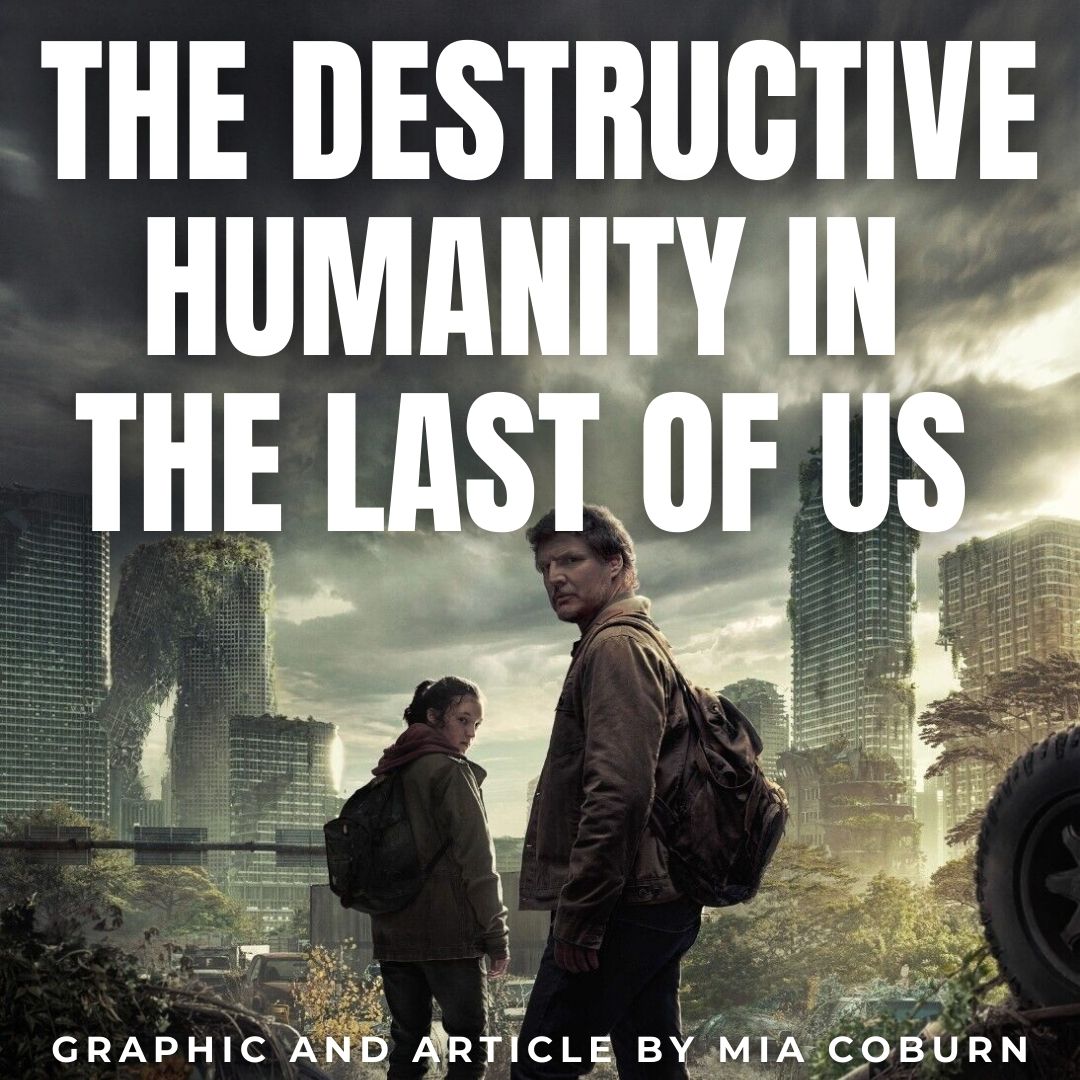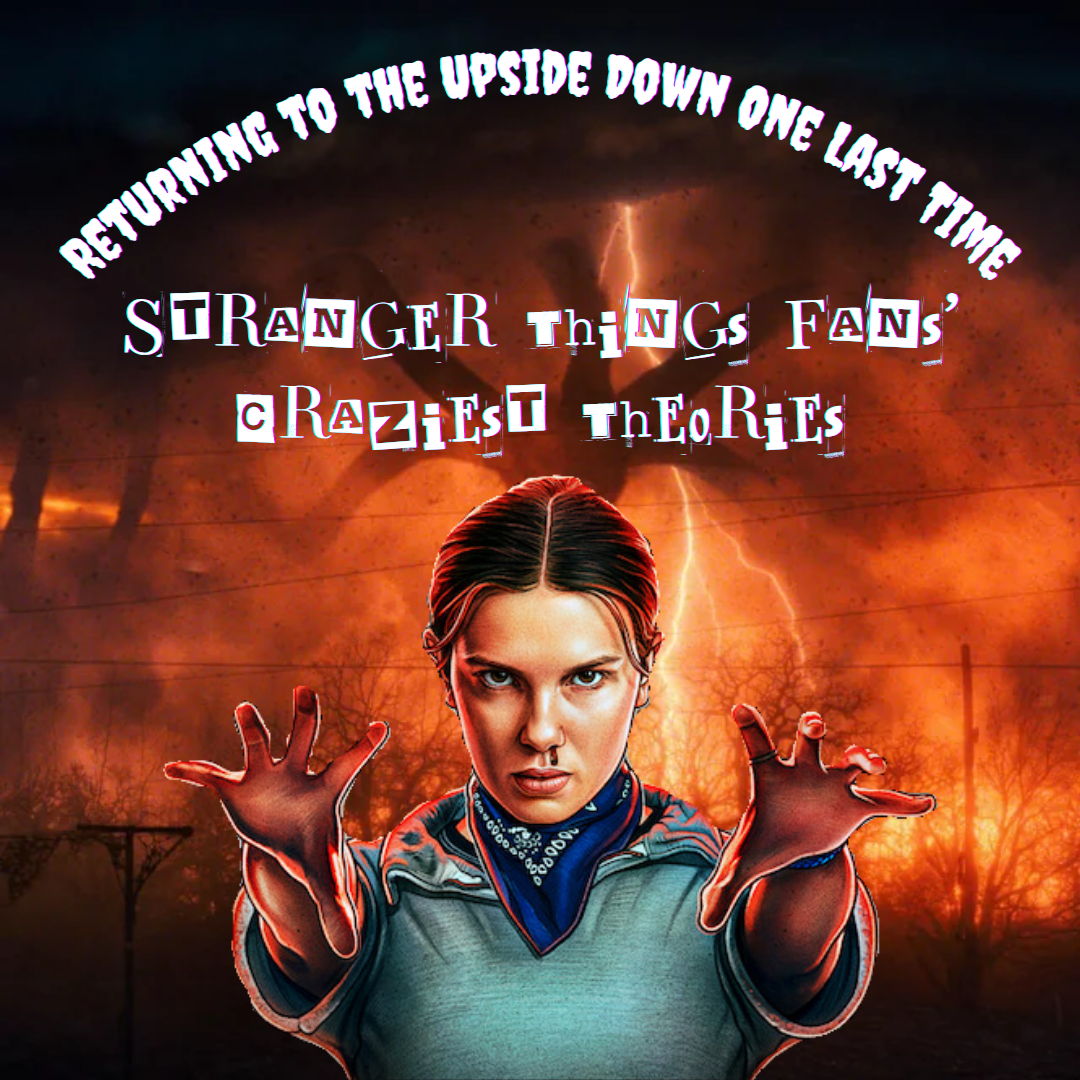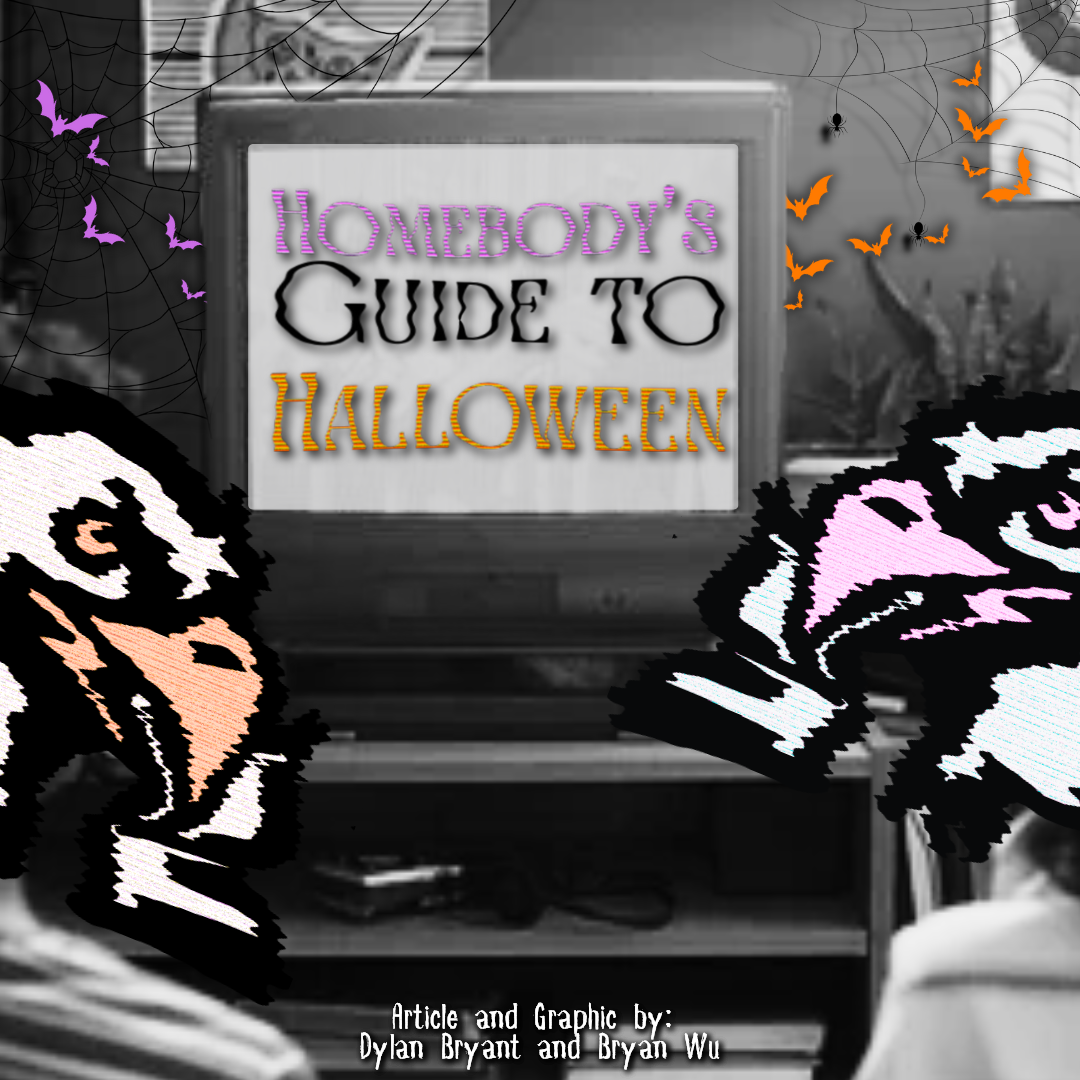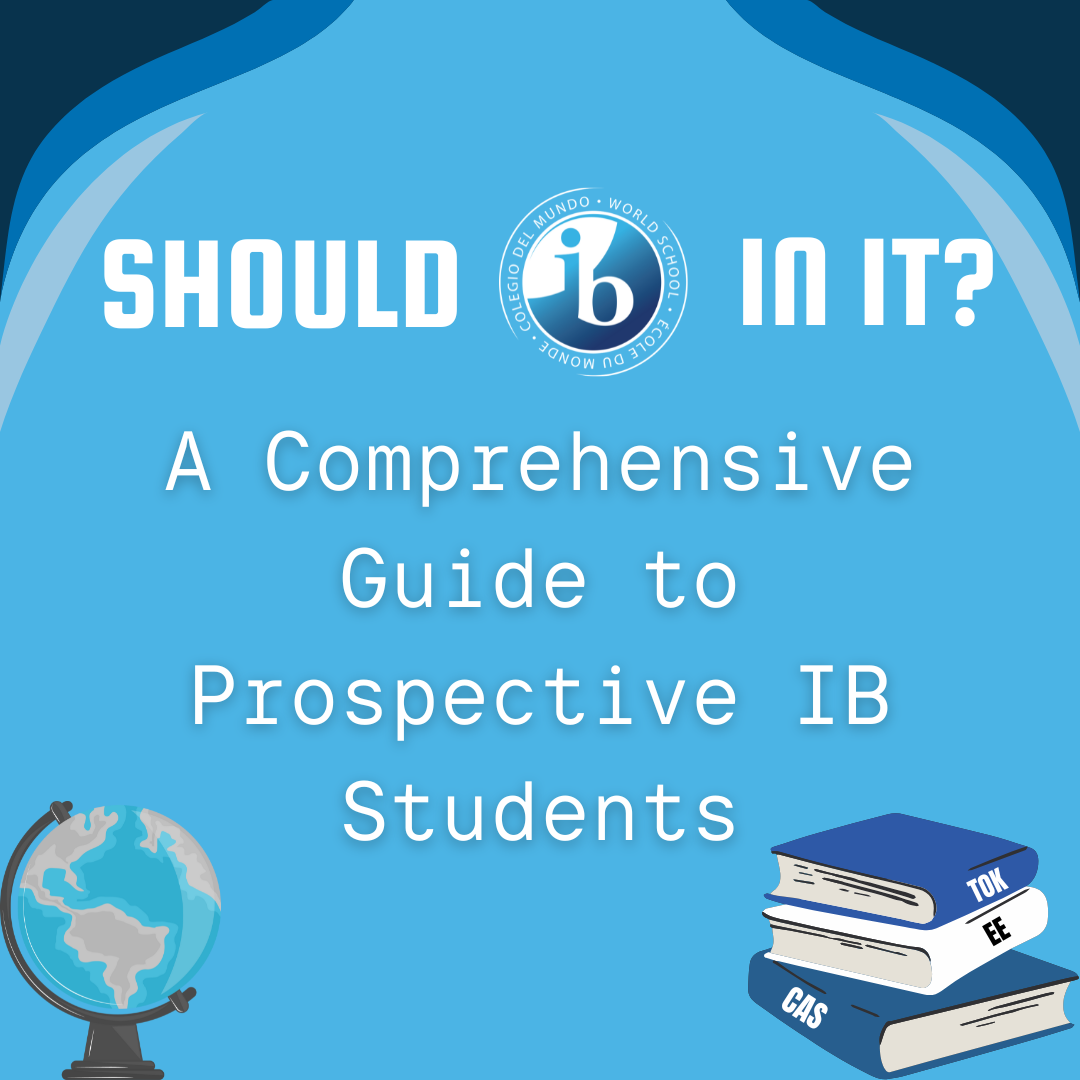The Last of Us, a 2013 action-adventure game developed by Naughty Dog, was adapted into a critically acclaimed TV series created by Craig Mazin and Neil Druckmann for HBO in 2023. Now, two years later, The Last of Us is set to release its second season on Apr. 13. The second season follows Part II of the game, which dives deeper into the humanity of this post-apocalyptic world, the lengths people will go to protect those they love, and cyclical violence.
Overview
Before the TV adaptation, there was The Last of Us (TLOU), a video game released in 2013. In TLOU, players control Joel Miller (Troy Baker), a smuggler tasked with escorting Ellie Williams (Ashley Johnson), a teenage girl, across the post-apocalyptic United States. The player also controls Ellie throughout the game’s winter portion and briefly controls Joel’s daughter, Sarah, in the opening sequence. TLOU is played in the third person, and players use a combination of weapons and stealth to defend themselves against other humans and cannibalistic creatures infected by a mutated strain of the Cordyceps fungus, while exploring detailed environments to advance the story. TLOU gained acclaim for its story, gameplay, visuals, sound design, score, portrayal of female characters, and because of these traits, it is widely considered one of the best video games ever made.
The Last of Us Part II was released in 2020 because of delays, partly due to the COVID-19 pandemic. Part II is very similar to the first, gameplay-wise, but instead of the focus on Joel, the game centers on Ellie (reprised by Ashley Johnson), who sets out in revenge for Joel’s murder, and Abby Anderson (Laura Bailey), a soldier who becomes involved in a conflict between her militia and a religious cult.
The Humanity in The Last of Us
Both games’ stories explore themes of survival, loss, and sacrifice. The narratives also touch on the consequences of our actions and the ethical dilemmas that arise in a world where morals are thrown out the window. At the end of the first game, humanity’s last resort lies within Ellie; her sacrifice is seen as the cure to the Cordyceps infection because of her immunity. While playing as Joel, you are forced to stop the surgery that could have changed the world, and lie about what you’ve done. Part II covers the consequences of Joel’s choice at the end of the first game and sets the stage for a dark, revenge-driven journey for Ellie after we are confronted with his brutal and raw death.
Part II is not a fun game in the slightest, but it is heavily engaging and thought-provoking. Players are forced to watch Ellie become a monster as revenge blurs her judgment. Furthermore, the deaths of Joel and Jesse force players to take on an emotional journey through the worst that humanity has to offer. Most importantly, however, Part II uses its characters to impact the player to a remarkable extent. Jacob Greenwood for COGconnected uses Anne Carson’s translations of Euripides, “Why does tragedy exist? Because you are full of rage. Why are you full of rage? Because you are full of grief,” to explain the motivations of Ellie and Abby in Part II. Abby seeks out and murders Joel as an act of retribution for Joel killing her father. Consequently, Ellie tracks Abby down in Seattle, stalking and killing her friends in the hunt for Abby because of her inability to find closure regarding Joel’s death. As these two women see violence and revenge as the only way to resolve their grief, they both fail to realize that their hostility only perpetuates more grief.
The final, brutal showdown between the two women in Santa Barbara at the end of the game is devastating to watch, and it emphasizes the pointlessness of the revenge cycle. Ellie and Abby are foils of one another. They both experience revenge, but their journeys and outcomes are contrasting, highlighting different aspects of morality and loss, and their last fight reflects this dynamic. After tracking Abby in Santa Barbara, Ellie finds her and Lev enslaved by the Rattlers, frees them, and forces Abby to fight by pressing a knife to Lev’s throat. But as Ellie tries to drown Abby, she stops after seeing a vision of Joel and reluctantly lets her go. To quote Leo Faierman for ScreenRant, “The most immediately apparent interpretation is that Ellie has had a last-second realization that she is about to tear apart another family. Abby’s friends are all dead, Lev’s family is gone as well… they only have each other left. Ellie ultimately can’t bring herself to do to Lev what Joel did to Abby, and what Abby did to Ellie.”

Giovanny Santos for Medium elaborates that “The Last of Us Part II tries to mirror every single aspect of Ellie’s life on Abby’s. It does it by having almost every single character seem like a parallel to each other and is a nice intention to just make us realize that both of our protagonists are ultimately human: the two are the same type of person in the same world trying to cope with the cruel reality. Survival comes at every cost, unfortunately.”
Criticism of Part II and Hope for Season 2
Though Part II gained similar acclaim as the first game, its narrative and themes divided critics and players alike. The main point of contention is the controversy sparked around Abby’s character, particularly her killing Joel, and the following narrative focusing on her, which many fans found upsetting and challenging to reconcile. Chris McPherson for Collider explains, “Joel’s death shocked and angered many fans, as he was the protagonist of the original game and had a deep emotional connection with players. The game then forces players to control Abby for a significant portion of the story, asking them to empathize with her and understand her motivations. The wildly divisive narrative choice, which subverts expectations and challenges players’ loyalties, led to an intense backlash.” While playing as Abby, the player is always subconsciously thinking about how these choices will affect Ellie. The player’s previous connection to Ellie makes it difficult to view her as the antagonist in someone else’s life, and our experience with Ellie makes it hard to imagine her in that light.
This backlash led to Laura Bailey being harassed online simply because she voiced the character. As casting for The Last of Us season 2 was released, people wonder if Kaitlyn Dever will receive the same treatment for her rendition of the character, especially since her physical build looks smaller than Abby’s in the game.
Season two of The Last of Us show is confirmed to be only seven episodes, shorter than the first season’s nine-episode run. Part II is divided into distinct sections, yet it weaves together a continuous narrative, heavily relying on frequent flashbacks. A largely faithful adaptation, similar to how season one followed the first game, wouldn’t inherently lead to writing challenges, but Part II is a significantly longer game that handles many more characters. In an interview for Dateline, Mazin explained, “The story material that we got from Part II of the game is way more than the story material that was in the first game, so part of what we had to do from the start was figure out how to tell that story across seasons… When you do that, you look for natural breakpoints, and as we laid it out, this season, the national breakpoint felt like it came after seven episodes.”
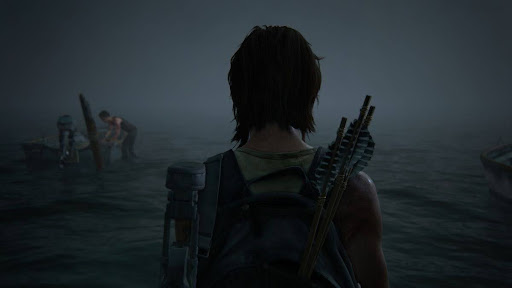
This suggests that Mazin and Druckmann anticipate the series lasting for a minimum of three seasons, and potentially four. Currently, HBO has renewed The Last of Us for season two, so additional seasons will rely on viewer numbers, a factor that the duo is aware of.
Conclusion
The Last of Us Part II illustrates its commentary on humanity by portraying Ellie and Abby, not as villains, but as women who have committed terrible acts driven by revenge and love. The narrative explores themes of cycles of pain, the player’s perspectives on “the other side,” and the process of moving beyond grief to highlight the very human nature of its characters. How can one identify a villain when each character is a reflection of the other?
The game centers on what it means to be human in a reality where humanity has deteriorated. Ultimately, it poses the choice of clinging to the remnants of society or accepting the significance of human connections, only after you have lost everything.
Sources
The Last of Us 2 Is Really About Being Human – And it Proves It
The Last Of Us Part 2 Ending Explained (In Detail)
Destructive but Ultimately Human: A Note on The Last Of Us Part II
Fans Hate Abby So Much, Kaitlyn Dever Needed Extra Security on ‘The Last of Us’ Season 2


